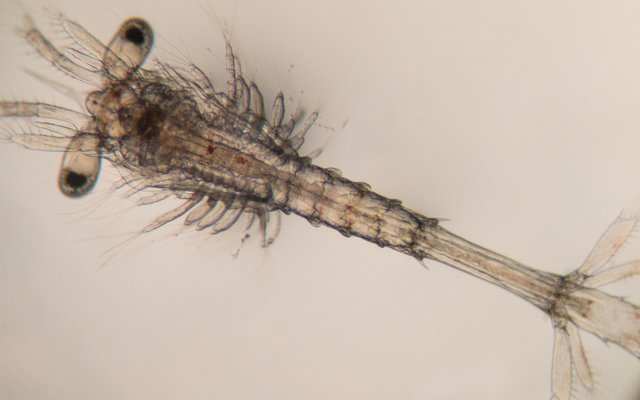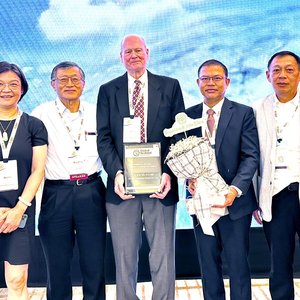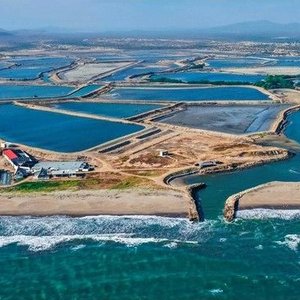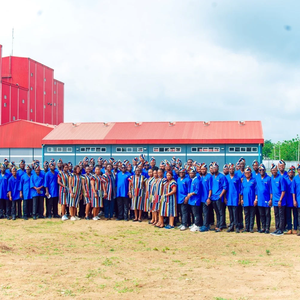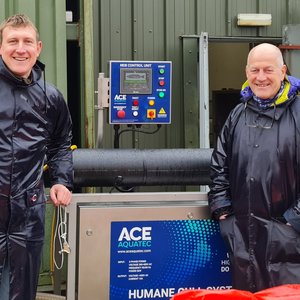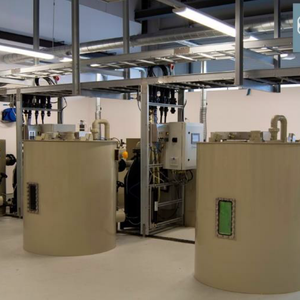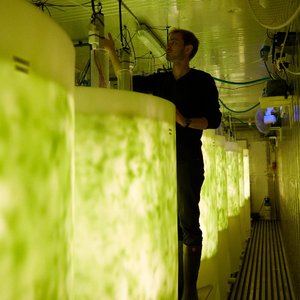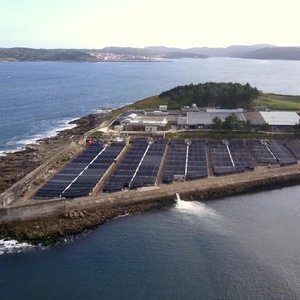Skretting recently launched Elevia, a new innovative feed engineered to offer superior nutrition and water quality in shrimp hatcheries and nurseries. The precisely produced, stable micro diet improves larval performance while simplifying feed management and ensuring a cleaner system.
The idea to develop this new product started back in 2016 with its predecessor PL larval feed. Through dialogue with customers, Skretting was keen to find out which diet attributes they would like to see improved. “Everyone has different needs specific to their region, site, and system design, but we wanted to develop a diet that could serve as a master key in all production systems and facilitate improved PL quality and profitability,” Eamonn O’Brien, Global Product Manager LifeStart, told Hatchery Feed & Management.
What makes it different?
The diet is different from other diets in many ways, such as raw material mix and processing, particle size definition, color and even the fact that Elevia is the first-ever larval diet to be made with zero fish oil. For this new approach, Skretting screened many different raw materials, combinations and production parameters. “The diet is produced in our Life Start Centre of Excellence production unit in France, and it represents the ‘haute cuisine’ of larval shrimp feed,” O’Brien said.
“In many of our hatchery diets, we follow a mantra, Inspired by Nature. That means that we aim to replicate what nature has perfected over millions of years and draw inspiration from that. This is how we engineered a diet that replicates the natural feeding diversity in mangroves while maintaining a clean environment,” O’Brien stated.
“The selection of specific ingredients has been made to provide different product performance benefits. For example, the use of freshly hydrolyzed copepods is supporting superior digestion and growth and survival. The carbon source not only provides the dark coloration that PL buyers are looking for but it also plays a crucial role in digestive and peristalsis function,” O’Brien explained.
“Through the careful selection and processing of raw materials, we have been able to develop a diet with good hydrophobic properties that remains free-flowing in the hatchery environment and spreads evenly within the system. Furthermore, the diet remains suspended for a longer period and is considerably more stable, resulting in less pollution and increased opportunities for feeding encounters,” O’Brien said.
In terms of feed management, it is a plug-and-play diet and can be used according to standard feeding programs. “However, the feeding should be adapted as usual to tank conditions, survival, etc., in order to provide the ideal feed availability and gut filling,” O’Brien explained.
Tested in field conditions
Following more than 20 R&D trials, Elevia has been tested in several large-scale commercial facilities in both Latin America and Asia. The diet has been fed as the sole dry feed (no flakes or cocktails) and also as 50% of the dry feed mix as part of a broader cocktail. These evaluations were conducted in real-world settings, typically involving stocking densities of several million nauplii and in facilities with well-established protocols. Skretting reports improved tank hygiene, higher survival (>10%) and growth (>2 days).
“Compared with existing protocols and cost vectors, we can see that hatcheries can increase their profit by 20% when using Elevia. This is accomplished by achieving more biomass with less feed. While there are additional potential cost savings, such as shorter cycles, reduced energy consumption, and the ability to operate more intensively, on an ‘apple-to-apple’ comparison, we can clearly see an enhancement in profitability,” O’Brien stated.
Customer feedback has also been positive. “Talking with the larger groups at both hatchery and board level, Elevia resonates very strongly with their vision for the future of shrimp production, especially in terms of sustainability, traceability, cost-effectiveness and production consistency,” O’Brien said.
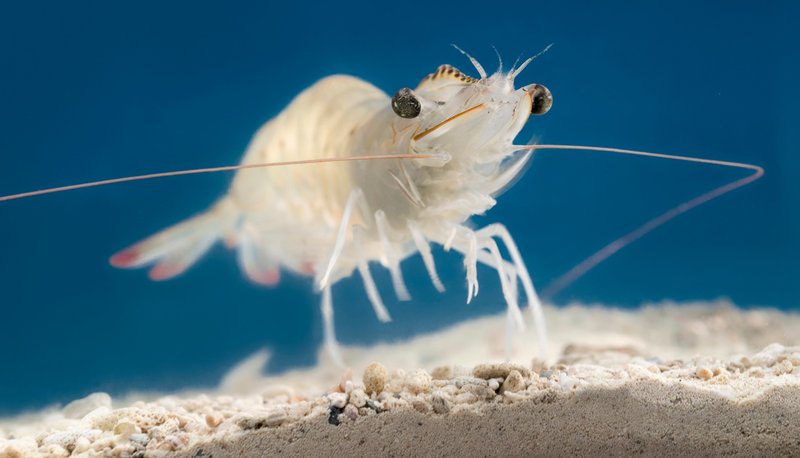
Credits: Skretting
Sustainability
This new approach has also an impact in terms of sustainability. “Our purpose is Feeding the Future. To do that, it is imperative that we give the young animals the best possible start in life to ensure that they perform at the highest level in grow-out farming. Although hatchery production represents a small portion of overall feed usage, it actually accounts for up to 30% of the total growth period. Therefore, what happens in hatcheries is very relevant to the overall sustainability of the industry,” O’Brien said.
“We have moved away from high trophic level fish oil in the feed and replaced it with cellular-encapsulated DHA from microalgae. We have also diversified our marine protein sources with new and sustainably certified suppliers. Finally, we are getting more shrimp and shrimp biomass out of the hatcheries with less feed, which dramatically improves overall efficiency,” O’Brien added.
Markets
Elevia has initially launched in Ecuador since the country is the biggest producer and a market where Skretting has a leading position. When the company assessed the global trends in shrimp prices and discussed this with customers, it concluded that now is the perfect time for introducing Elevia to the market since the industry needs innovations that can improve production and reduce costs.
“With Elevia, ineffective cocktails and flakes can be replaced and more performant post-larvae can be provided to the farms. As global shrimp production is in the midst of an economic crisis, the timing of the introduction of Elevia couldn’t be more opportune. We are introducing a groundbreaking innovation that delivers superior economic returns through accelerated growth, increased survival and a lower FCR. The unique formulation, featuring novel marine proteins such as hydrolyzed zooplankton, also unleashes the genetic potential of the animals, enabling us to deliver our promise of feeding the future,” O’Brien said.
The company plans to introduce Elevia in Asia over the upcoming months. The first containers have arrived and local events will be organized to launch the product. “We have already held a Pan Asian training week with our Life Start team, and we will soon begin implementation in Asia with select partners and customers,” O’Brien explained. “The Asian market is somewhat different given its highly fragmented nature, meaning that an alternative approach is required. Nevertheless, we are well equipped with dedicated local teams in the targeted Asian countries and a pragmatic strategy to build strong lasting partnerships with the hatcheries.”
Future developments
Elevia is just the tip of the iceberg. Skretting has several innovations in the pipeline that will radically change the way shrimp hatchery production is approached. “These innovations will enhance the industry’s efficiency and adaptability, thereby ensuring profitable and high-quality shrimp production. While shrimp is often regarded as a ‘treat’ dish, its price should enable it to evolve into a more mainstream healthy protein source. On a global scale, we need to find a balance between increasing shrimp consumption and establishing an appropriate price that benefits both producers and consumers,” O’Brien concluded.


